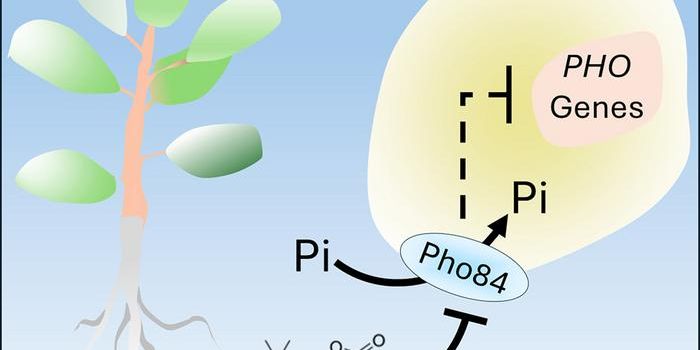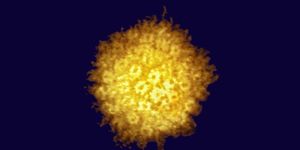Smart Contact Lens to Detect Glaucoma
A team of researchers at Beijing Institute of Technology, the Avic Chengdu Aircraft Design & Research Institute, and the Beijing Friendship Hospital have designed a new “smart” contact lens that could help clinicians monitor and diagnosis a patient’s risk for developing glaucoma, enabling earlier treatment. The team’s work is described in a recent article published in ACS Applied Materials & Interfaces.
Glaucoma affects millions of Americans each year, a condition characterized by damage to the optic nerve, which can led to vision impairment and loss. Globally, the number of people with glaucoma reaches an estimated 80 million. When it comes to delivering an effective diagnosis, clinicians have tools to help, but being able to detect glaucoma and detect it early can be tricky. For starts, diagnosing glaucoma requires detection of very small changes in eye pressure (often measured through the uncomfortable “air puff” test we’ve likely all experienced). This pressure is caused by the buildup of fluid around the eye, a tell-tale sign of glaucoma. While researchers have been looking for ways to continuously monitor these pressure changes and detect small fluctuations, doing so regularly and over time has proved challenging. While some attempts have been made to design contact lens to monitor these changes, it’s proved challenging. In particular, changes to the eye’s temperature, even small ones, can affect the ability to measure eye pressure with such devices.
Researchers have now designed a contact lens that could address limitations of existing options. The new device uses two spiral circuits that has a vibration pattern that can accommodate a range of eye pressures and diameters. The circuits are placed between two layers of a material commonly used to make contact lenses. From there, the lens could transmit information wirelessly.
When tested on pig’s eyes, exposed to a range of temperatures from 50 to 122 degrees Fahrenheit. Researchers found that when using both spiral circuits, it could significantly reduce temperature-related errors in measurements, with pressure readings only changing by up to 7% from the actual pressure value, indicating a high degree of accuracy.
Sources: Science Daily; ACS Applied Materials & Interfaces; Glaucoma








